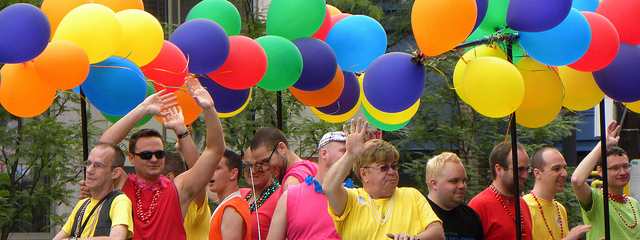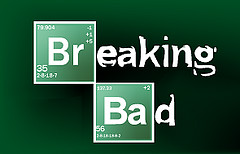 With a marriage amendment looming in Minnesota, I decided to spend a day on this issue in my Sociology of Families class. I wanted to present both sides of the issue without having to do it myself–because I could have hardly been neutral on the subject–so I had the students read short commentaries on the subject in class and evaluate the persuasiveness of the arguments.
With a marriage amendment looming in Minnesota, I decided to spend a day on this issue in my Sociology of Families class. I wanted to present both sides of the issue without having to do it myself–because I could have hardly been neutral on the subject–so I had the students read short commentaries on the subject in class and evaluate the persuasiveness of the arguments.
This activity could apply to any contentious political issue that you would like to discuss in class, but are wary of sounding biased.
Here’s a step-by-step guide on how I organized this activity in my class of 80 students:
(I allowed about an hour for this activity, but it could definitely have been longer.)
1. Before class, I collected several different commentaries from a major newspaper–half opposed to the amendment and half in favor of it. I paired one opposed with one in favor and stapled them together in a pack.
2. First, I split my class into groups of 4-5 and had each group read one commentary supporting the amendment and one opposing it–so each packet was being analyzed by two groups only.
3. I gave them 10 minutes or so read the commentaries, asking them to look for arguments that they found compelling or not compelling. I instructed them to underline and take notes on their handout, especially focusing on arguments that relate to themes we have discussed in class. For example, what have we learned in class that would serve as evidence to either suport or refute this claim?
4. Then, I had them discuss the articles with their small groups, and share which arguments they had focused on. This is the part that could have been a bit longer. Most groups appeared to be having spirited conversations about the articles.
5. Lastly, I asked them to share their analyses with the class. When they shared which arguments they had discussed, I prodded them to explain why they found that specific argument compelling or not compelling, and urged them to bring in material from class that would support their claim. (This part didn’t come as easy to them, which made me think that this would also be a great take-home exercise where they would have more time to reference their notes from previous classes). I took notes on their comments on the board, but I don’t think I would do that again. I feel it might have been a more fluid discussion without it.




